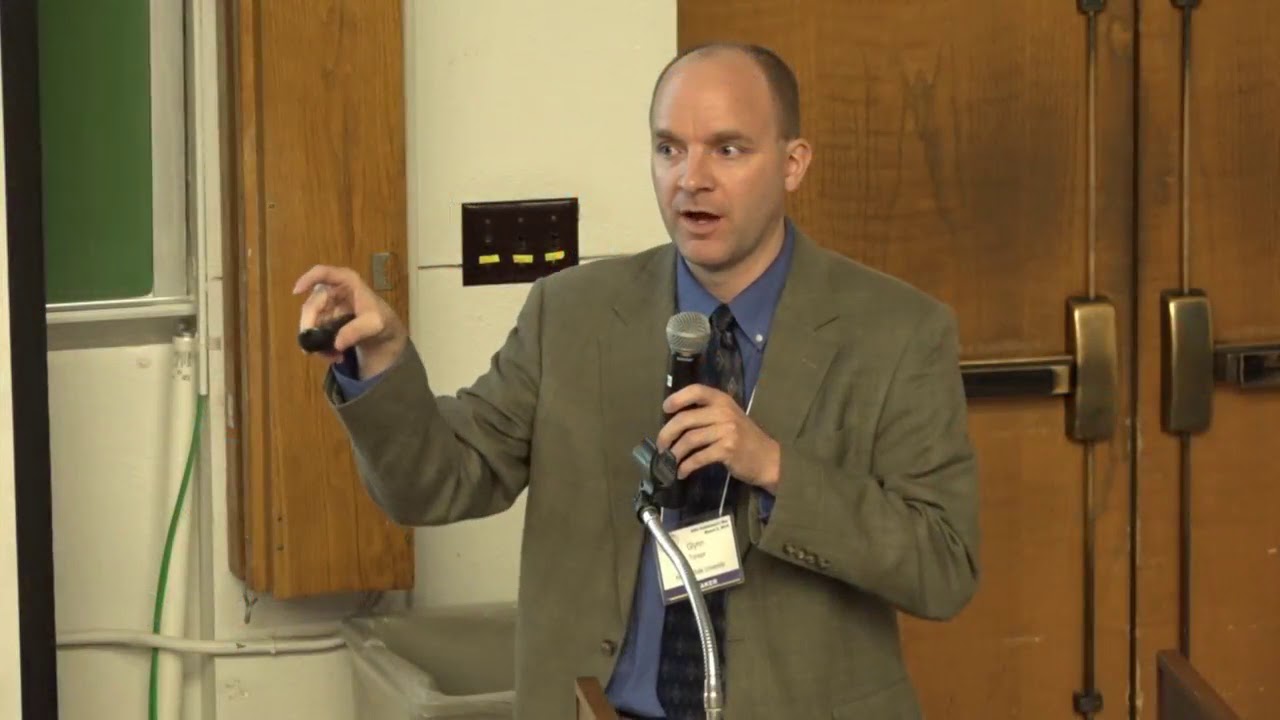
Senior Farm and Ranch Broadcaster, Ron Hays, is featuring comments from Kansas State University Extension Livestock Market Economist, Dr. Glynn Tonsor, talking about profitability and demand. Tonsor’s latest feedlot closeout numbers he has posted are showing better times ahead for the feedlot industry.
“Negative returns or break-even returns, small losses, are projected for cattle leaving here in August as well as September, but then starting in October all the way through currently April of 2023, the furthest out month that my projections look at, are all positive returns and real narrowly, the months of November through January,” Tonsor said. “So, cattle will be leaving feed yards- the returns are north of 100 dollars- that is the positive projected return I am talking about.”
Tonsor said is worth noting how those notably improved margins are developing.
“One, is these projections show a lower cost of gain, so corn prices and the like coming back some and moreover output prices,” Tonsor said. “So, the price you are going to get for your finished animal is projected to go up notably for animals leaving the yard.”
Tonsor said to remember that these are only projections and there is still a long way to go until November to see if they are realized.
“The market world is signaling currently that things are going to improve for the cash operators at least in the feedlot space,” Tonsor said.
One of the key factors for cash cattle prices to improve is the continued demand by the consumer. Tonsor said that is especially the case when you look at the retail beef demand.
“Retail- again, think grocery store demand, is actually up for every category I look at except for plant-based patties,” Tonsor said. “So, ribeye steak, ground beef, pork chops, bacon, chicken breasts, and those categories we are always looking at.”
The month of July had stronger grocery store demand than June, Tonsor said, but the story is flipped looking at food service. The willingness to pay to eat out, Tonsor said, was down compared to June with the exception of ribeye steak meals, which was only a two-cent difference.
“If you put a bow around that I think it is again ongoing evidence that consumers are tightening their belts,” Tonsor said. “A little bit less food away from home demand.”
Because over half the country is experiencing a net pay decline, Tonsor said adjustments have been made in household finances. Food demand and meat demand in general, Tonsor added, show this adjustment in spending.
“Nearly a third of respondents in our July survey say they are buying the same thing, but they are just buying less of it,” Tonsor said. “So, buying the same cut, brand, package, whatever, and just getting a lower volume.”
A separate 20 percent of consumers, Tonsor said, are saying they are buying different cuts, so for example, ham instead of bacon. A fourth of consumers, Tonsor added, is buying smaller packages.
“The vast majority of the U.S. public still has a strong interest in meat, but they are responding to the prices, and I just try to give us some flavor of how they are making those adjustments,” Tonsor said.
Beef, in particular, continues to have a really good story, Tonsor said, and the U.S. has had multiple months with over a billion dollars in sales on individual months.
“The month of June marked the 15th consecutive month that we have had year over year export demand growth, so foreign demand for U.S. beef is growing year over year,” Tonsor said.
There is a market for everything, Tonsor said, but sometimes that is a market in Japan, sometimes it is one in Mexico City, and sometimes it is one in Manhattan, Kansas. Even if it is in Manhattan, Kansas, Tonsor said it might be different in the restaurant versus the grocery store.
“Understanding product level mix is also really important here, but certainly on the beef side, there has been additional support from foreign buyers that is one of the reasons I believe you are having higher fed cattle prices,” Tonsor said.
To access Dr. Glenn Tonsor’s feedlot closeout predictions, click here.
Click the LISTEN BAR below to hear more from Dr. Glenn Tonsor on his latest feedlot closeout numbers and demand in the beef industry.
The Beef Buzz is a regular feature heard on radio stations around the region on the Radio Oklahoma Network and is a regular audio feature found on this website as well. Click on the LISTEN BAR below for today’s show and check out our archives for older Beef Buzz shows covering the gamut of the beef cattle industry today.















